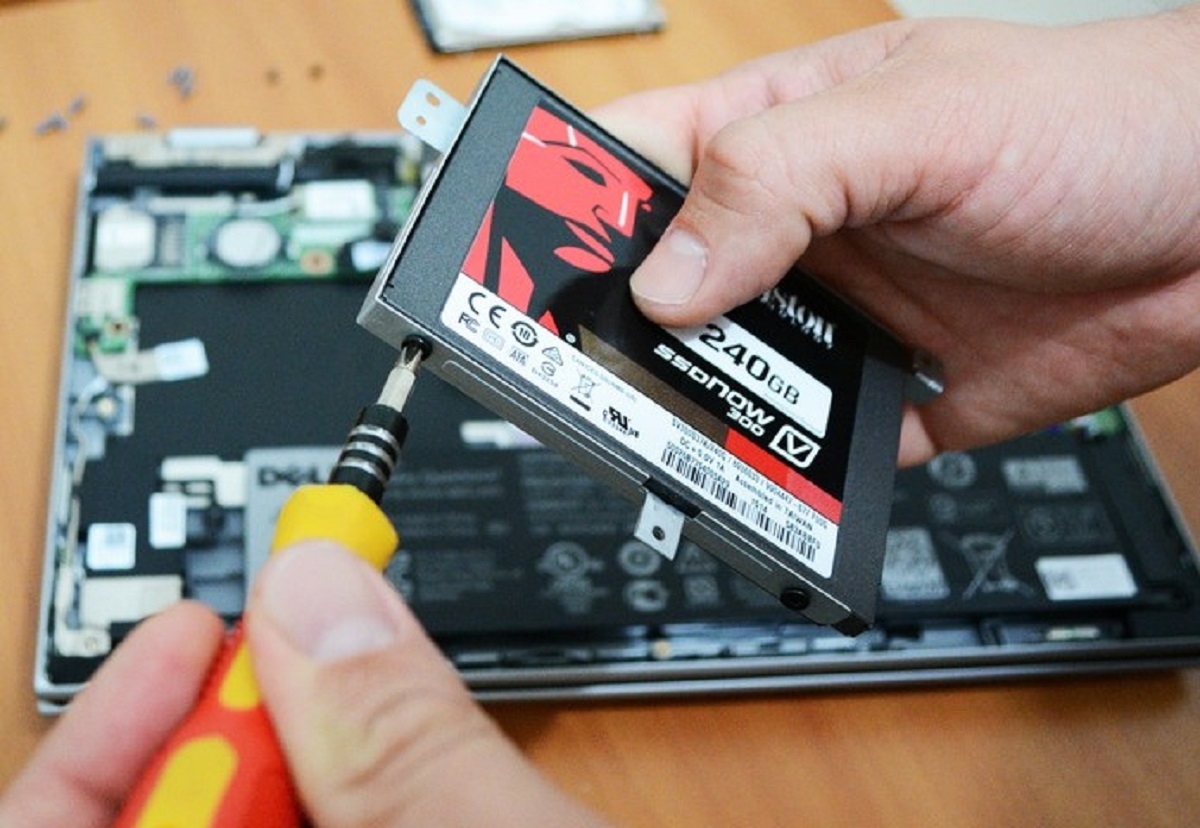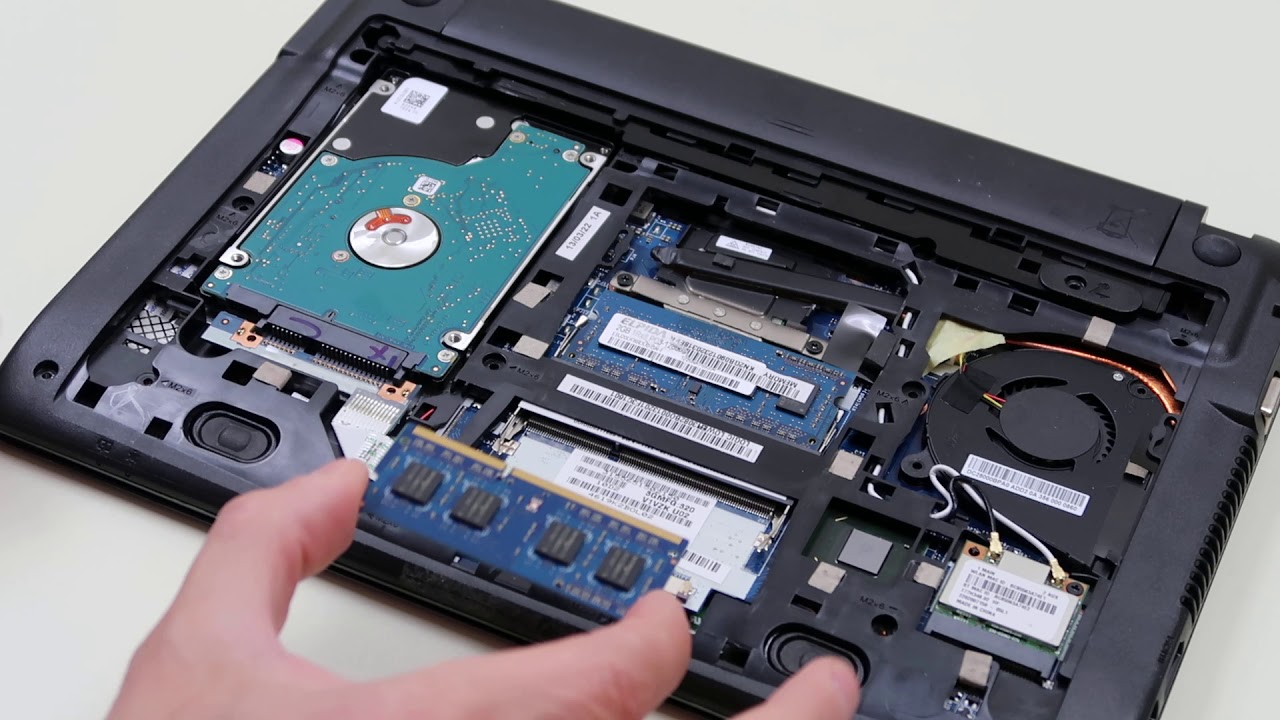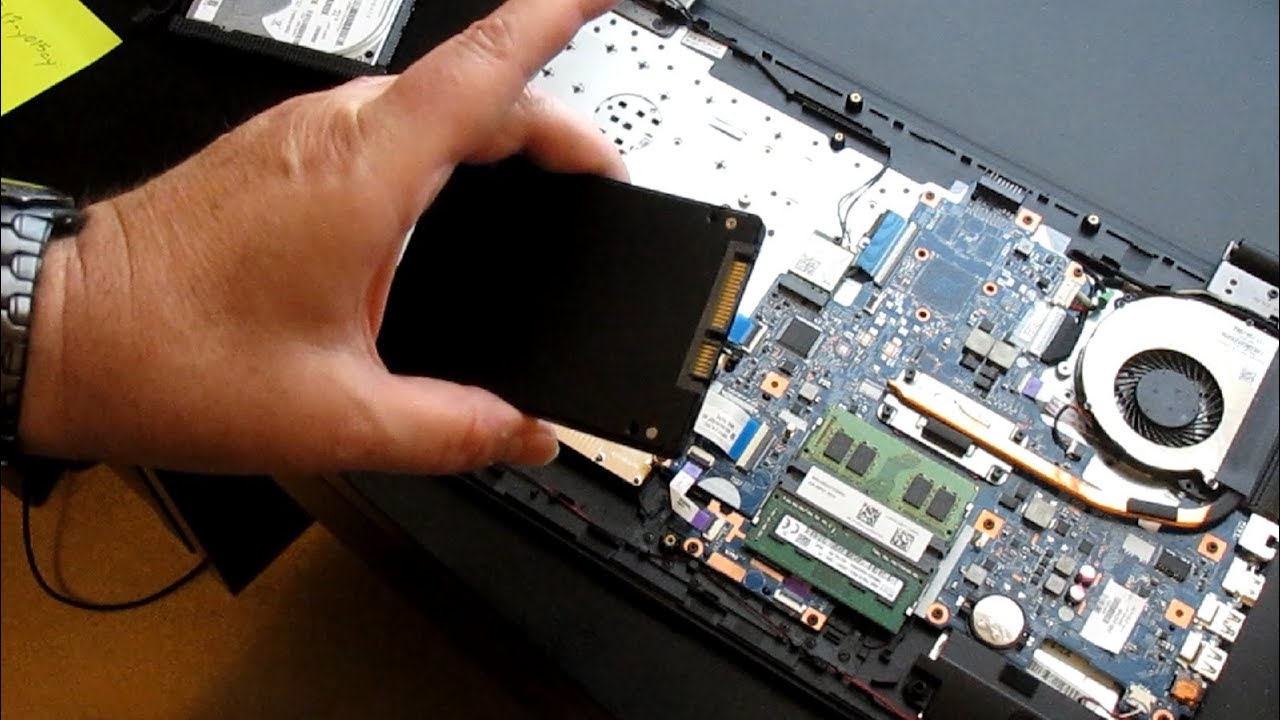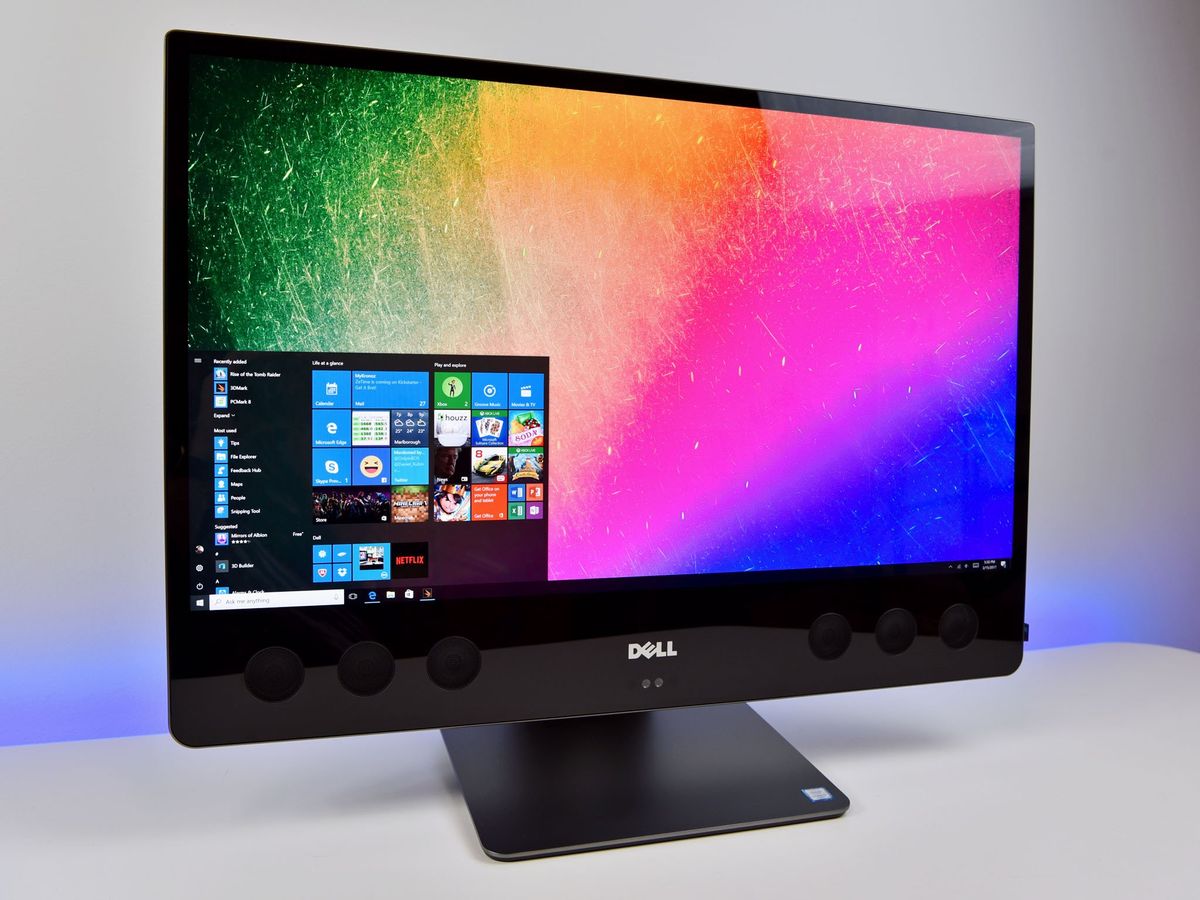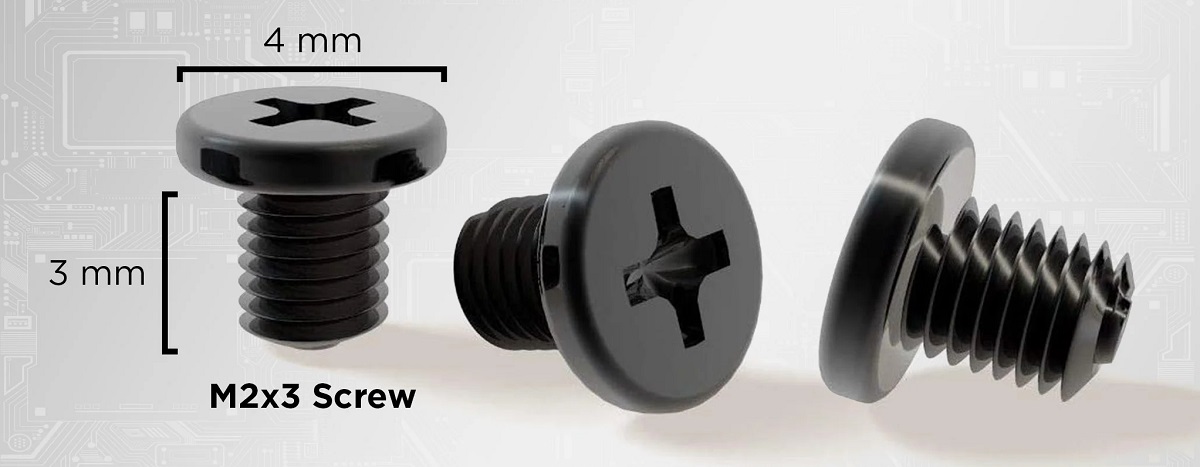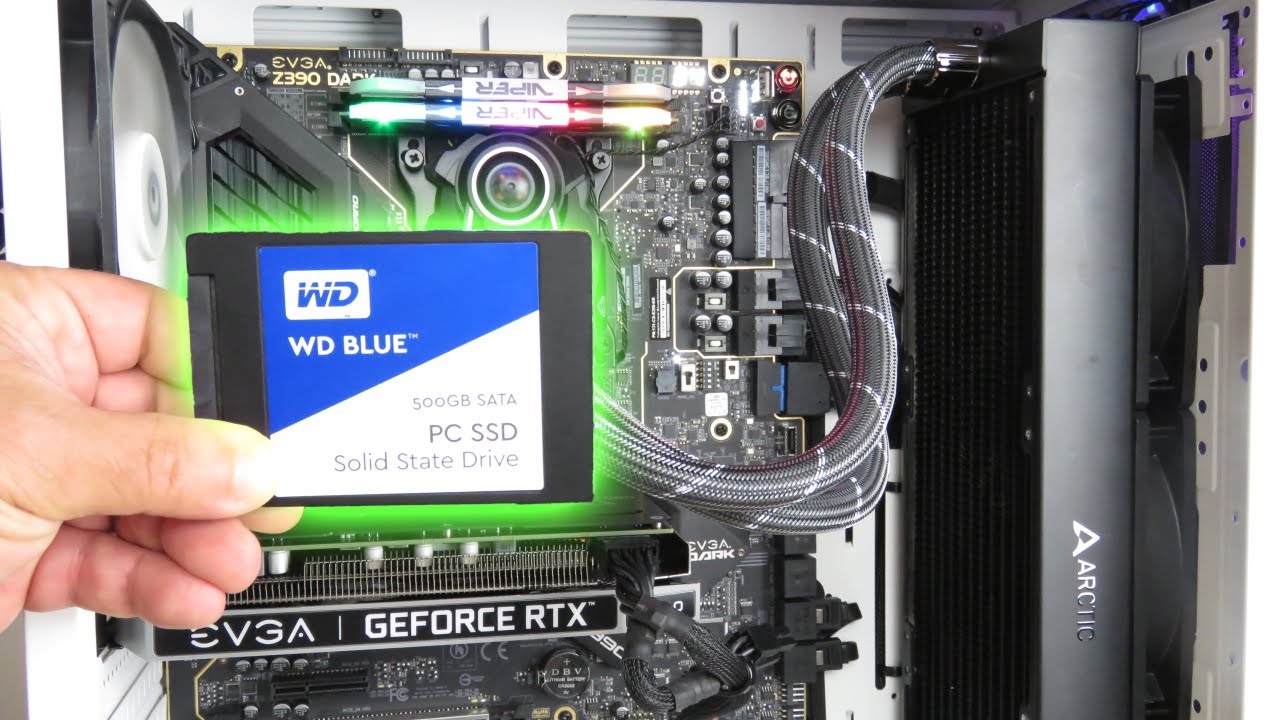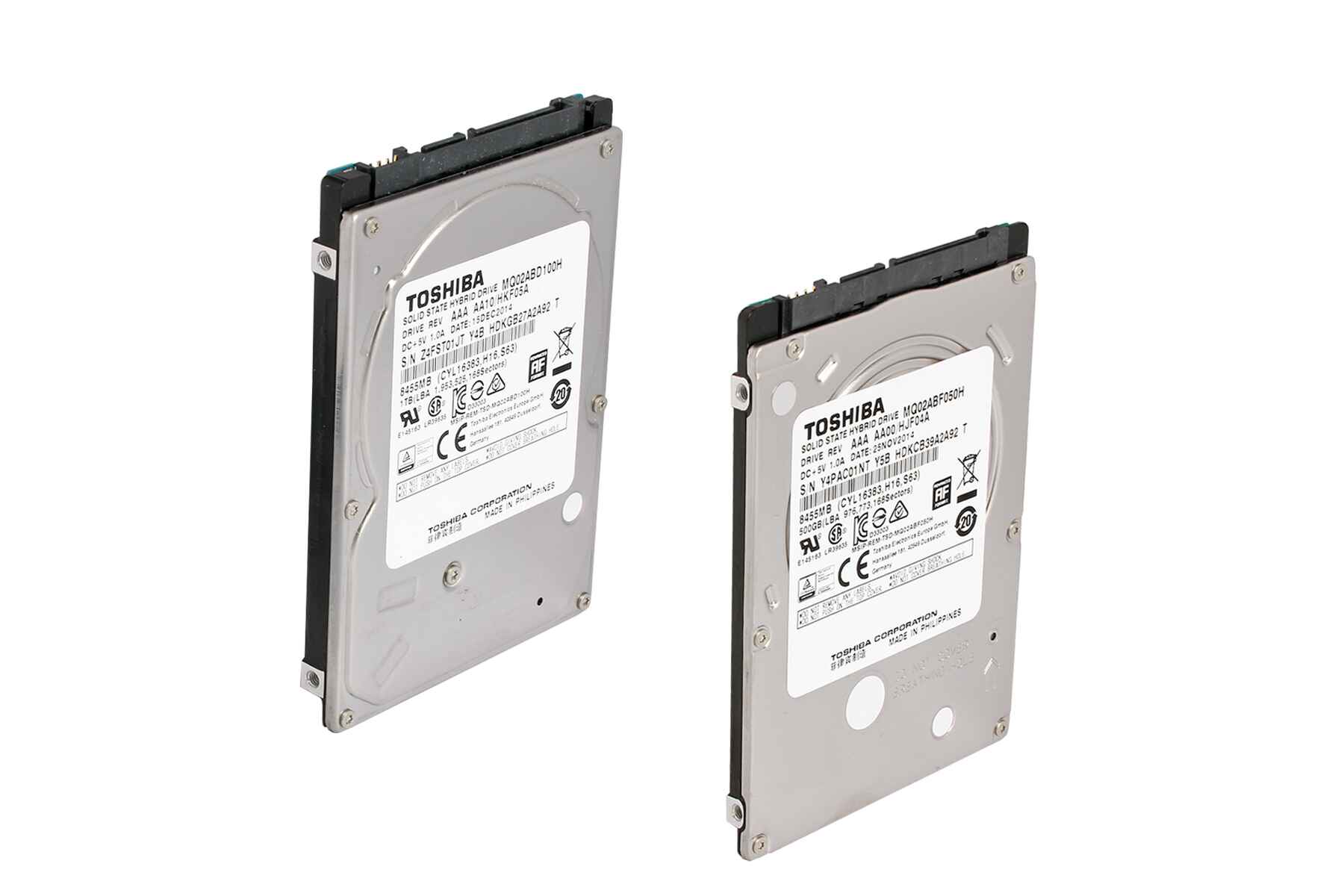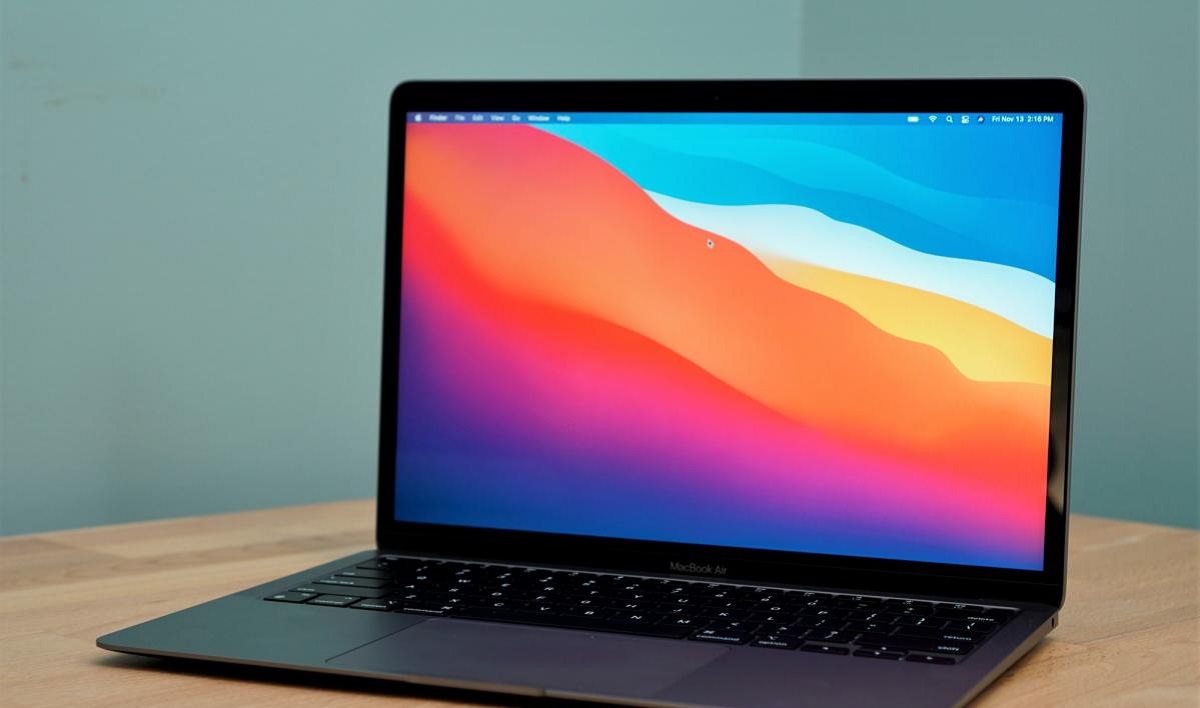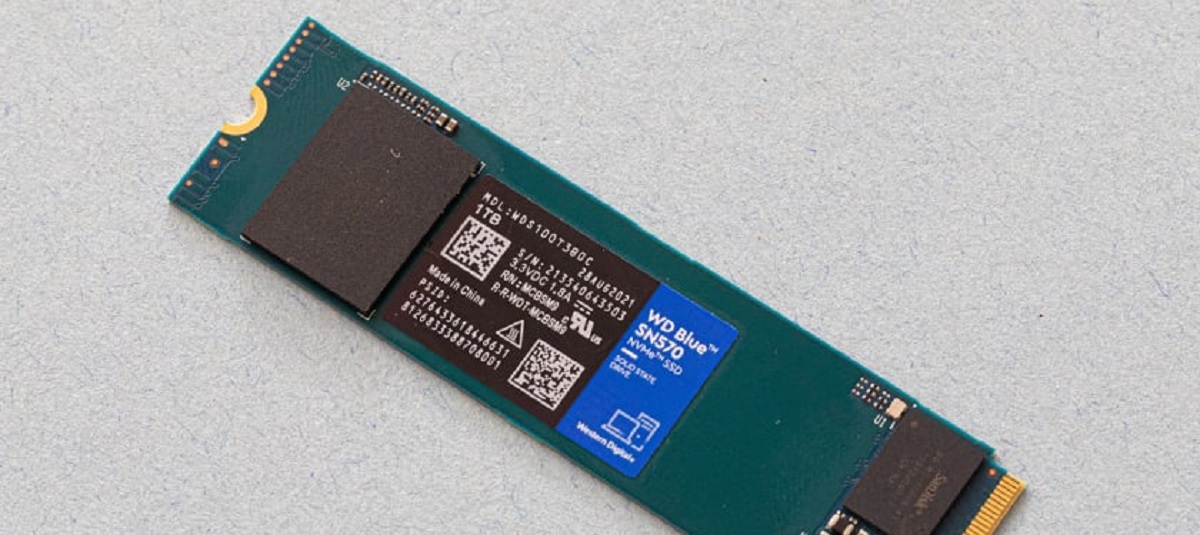Introduction
Welcome to the world of Solid State Drives (SSDs), the advanced storage solution that has revolutionized the computer industry. Gone are the days of slow and noisy hard drives; SSDs have quickly become the go-to choice for users seeking improved performance and reliability.
As with any technology, SSDs have a limited lifespan and may eventually need to be replaced. But how do you know when it’s time to say goodbye to your trusty SSD and invest in a new one?
In this article, we will explore the signs that indicate your SSD may be on its last legs. We will also discuss how to monitor the health of your SSD and factors that can impact its lifespan. Additionally, we will delve into the average lifespan of SSDs and provide guidance on when it’s time to consider replacing them.
So, if you’re curious about the longevity of your SSD and want to ensure your data remains secure, read on to discover valuable insights and tips on when and how to replace your SSD.
Signs of an Aging SSD
Over time, an SSD may start to exhibit certain signs that indicate it is reaching the end of its usable life. While SSDs are generally more durable than traditional hard drives, they are not immune to wear and tear.
One of the most common signs of an aging SSD is a decrease in performance. You may notice that your computer is taking longer to boot up, programs are slower to load, or file transfers are not as snappy as they used to be. This can be a result of the SSD’s cells wearing out over time, leading to slower read and write speeds.
Another telltale sign is an increased number of read or write errors. If you start experiencing data corruption or random crashes, it could be an indication that the SSD is failing. These errors can occur when the NAND flash memory cells, which store your data, become worn out or develop defects.
Additionally, a failing SSD may exhibit frequent freezing or system crashes. This can be frustrating and disruptive to your workflow. If you find yourself constantly dealing with these issues, it might be time to consider replacing your SSD.
Unusual noises, such as clicking or grinding sounds, are also red flags. While SSDs are known for their quiet operation, mechanical noises could indicate a hardware failure. It’s important to note that these noises can also be caused by other components, so it’s advisable to consult a professional to diagnose the issue accurately.
Lastly, an aging SSD may experience an increased number of bad sectors. Bad sectors are areas of the SSD that cannot reliably hold data. If you start encountering file corruption or sudden data loss, it could be a sign that your SSD has developed bad sectors.
Keeping an eye out for these signs can help you detect an aging SSD and take proactive measures to replace it before it fails completely. However, monitoring the health of your SSD is equally important to ensure its longevity, which we will discuss in the next section.
Monitoring SSD Health
Regularly monitoring the health of your SSD is crucial to catch any potential issues early on and ensure the longevity of your drive. Fortunately, there are several tools and techniques available that can help you keep track of your SSD’s health.
One of the most popular tools for monitoring SSD health is the manufacturer’s diagnostic software. Most SSD manufacturers provide their own software that allows you to check the overall health of your drive, including information such as lifespan, firmware version, and temperature. These diagnostic tools can also provide detailed reports on any potential errors or issues that may require attention.
In addition to manufacturer-specific software, you can also rely on third-party tools such as CrystalDiskInfo and SSD Life. These tools provide similar functionalities and can give you a comprehensive overview of your SSD’s health status.
Another important aspect of monitoring SSD health is being aware of the S.M.A.R.T. (Self-Monitoring, Analysis, and Reporting Technology) system. S.M.A.R.T. is a technology integrated into most modern SSDs that monitors various parameters related to the drive’s performance and health. By regularly checking the S.M.A.R.T. data, you can identify warning signs of impending issues, such as reallocated sectors or uncorrectable errors.
Aside from software tools, it’s crucial to keep an eye on your SSD’s operating temperature. Excessively high temperatures can shorten the lifespan of your SSD and increase the risk of drive failure. Make sure your SSD has proper airflow and avoid exposing it to extreme temperatures.
Lastly, it’s worth mentioning that monitoring your SSD’s health is not a one-time affair. It’s essential to establish a regular maintenance routine and periodically check for any changes or anomalies. By staying proactive, you can extend the life of your SSD and mitigate the risk of data loss.
In the next section, we will explore the factors that can impact the lifespan of your SSD, allowing you to make informed decisions about when to replace your drive.
Factors that Affect SSD Lifespan
Several factors can influence the lifespan and durability of an SSD. Understanding these factors can help you make informed decisions about the usage and maintenance of your drive.
One of the primary factors that impact an SSD’s lifespan is the total amount of data written to the drive, often referred to as the drive’s “endurance” or “terabytes written” (TBW). Each SSD has a specific TBW rating, which represents the number of terabytes of data that can be written to the drive before it may start experiencing issues. As a general rule, SSDs with higher TBW ratings tend to have longer lifespans.
The type of NAND flash memory used in the SSD can also play a role in its longevity. There are different types of NAND flash, including Single-Level Cell (SLC), Multi-Level Cell (MLC), and Triple-Level Cell (TLC). SLC offers the best durability and lifespan, but it is also the most expensive. MLC and TLC, while more affordable, have slightly lower lifespans. However, it’s important to note that with advancements in technology, even TLC SSDs can offer sufficient durability for most users’ needs.
Another factor to consider is the usage pattern and workload on your SSD. Constantly writing and rewriting large amounts of data, such as video editing or running virtual machines, can put more strain on the SSD and potentially shorten its lifespan. On the other hand, light usage, such as browsing the internet or document editing, puts minimal stress on the drive and can prolong its lifespan.
Additionally, the level of overprovisioning on the SSD can affect its lifespan. Overprovisioning is the reserved space on the drive that is not accessible to the user but is used for wear leveling and error correction. SSDs with higher levels of overprovisioning tend to have improved endurance and can withstand more write cycles.
Finally, the controller used in the SSD also plays a crucial role in its lifespan. A high-quality controller can efficiently manage data writes, wear leveling, and error correction, ensuring the longevity of the SSD. SSDs with reputable controllers from manufacturers like Samsung, Western Digital, or Crucial are generally more reliable and have longer lifespans.
By understanding these factors, you can optimize your SSD usage, avoid excessive wear, and ensure that your drive lasts as long as possible. However, it’s essential to keep in mind that even with proper care, all SSDs have a finite lifespan and will eventually need to be replaced.
Next, we will delve into the average lifespan of an SSD to provide a better understanding of when it may be time to consider a replacement.
Average Lifespan of an SSD
The lifespan of an SSD can vary depending on various factors, including usage patterns, workload, and the specific make and model of the drive. On average, modern SSDs have a lifespan of around 5 to 7 years. However, it’s important to note that this is just an estimate, and SSDs can sometimes last longer or shorter than this timeframe.
Many SSD manufacturers provide a warranty for their drives, typically ranging from 3 to 5 years. This warranty period can serve as an indicator of the manufacturer’s confidence in the drive’s reliability and expected lifespan. It’s worth noting that even after the warranty period expires, your SSD may continue to function without any issues for several more years.
However, it’s important to keep in mind that SSD lifespan is not solely determined by time, but also by the total amount of data written to the drive. As mentioned earlier, each SSD has a TBW rating, which represents the durability and endurance of the drive. Higher TBW ratings generally indicate that the SSD can handle more write cycles and has a longer lifespan. It’s a good idea to consider the TBW rating when selecting an SSD for your specific needs.
In addition to total data written, factors such as temperature, usage patterns, and the overall health of the SSD can also affect its lifespan. Heavy workloads, frequent intense write operations, or high operating temperatures can potentially reduce the lifespan of an SSD.
It’s important to regularly monitor the health of your SSD, as we discussed earlier, and be mindful of any signs of degradation or potential failure. By taking proactive measures and replacing your SSD before it reaches the end of its lifecycle, you can minimize the risk of data loss and ensure the continued performance and reliability of your system.
In the next section, we will delve into when it’s time to consider replacing your SSD and provide guidelines on how to safely replace it without losing your data.
When to Replace Your SSD
Knowing when to replace your SSD is essential to prevent data loss and maintain the performance and reliability of your system. While the average lifespan of an SSD is around 5 to 7 years, there are several signs and indicators that can help you determine when it’s time for a replacement.
One of the most obvious signs is the frequent occurrence of errors, freezes, or crashes. If your SSD is causing system instability and you have ruled out other potential causes, it may be a clear indicator that the drive is failing and needs to be replaced.
Slow performance is another common sign that your SSD is reaching the end of its lifespan. If you notice a significant decrease in read and write speeds compared to when the drive was new, it may be time for an upgrade. However, it’s important to ensure that the performance issues are not caused by other factors such as outdated drivers or software conflicts.
Keep an eye on the health monitoring tools we mentioned earlier, such as the manufacturer’s diagnostic software or third-party utilities. If these tools report a high number of reallocated sectors or uncorrectable errors, it’s a strong indication that your SSD is deteriorating.
If you’ve passed the manufacturer’s warranty period and your drive starts exhibiting any of these issues, it’s likely a good time to consider replacing it. It’s better to be safe than sorry when it comes to the integrity and security of your valuable data.
It’s also worth mentioning that if you require additional storage capacity or seek upgraded performance, replacing your SSD with a newer model can be a viable option, even if the current drive is functioning well. The advancements in SSD technology, such as faster read and write speeds and higher storage capacities, can significantly enhance your computing experience.
In the next section, we will provide guidelines on how to safely replace your SSD without losing your data and ensure a smooth transition from the old drive to the new one.
How to Safely Replace Your SSD
Replacing your SSD can seem like a daunting task, but with the right precautions, it can be a smooth and hassle-free process. Here are some guidelines to help you safely replace your SSD without losing your data:
1. Backup your data: Before starting the replacement process, ensure that you have a backup of all your important files and data. This can be done by using external storage devices, cloud services, or disk imaging software. Having a backup ensures that even if something goes wrong during the replacement process, your data remains safe.
2. Choose the right SSD: Select a replacement SSD that suits your needs in terms of storage capacity, performance, and budget. Check the compatibility of the new SSD with your system to ensure a smooth installation process.
3. Prepare the replacement SSD: If your new SSD is not pre-formatted, you’ll need to format it before installation. Follow the manufacturer’s instructions or use disk management tools in your operating system to format the drive appropriately.
4. Power down your system: Shut down your computer and disconnect it from the power source. This will ensure that there is no power running through the system during the replacement process, reducing the risk of electrical damage.
5. Open your computer case: Depending on your computer model, you may need to remove a panel or unscrew the case to access the internals. Refer to the manual or manufacturer’s website for instructions specific to your system.
6. Disconnect the old SSD: Locate the existing SSD inside your computer and carefully disconnect the cables connected to it. Take note of how the cables are connected, as you will need to reconnect them to the new SSD later.
7. Install the new SSD: Carefully place the new SSD into the slot previously occupied by the old SSD. Ensure that it is securely connected and aligned properly.
8. Reconnect cables: Connect the cables that were previously connected to the old SSD, ensuring that they are securely and correctly attached to the new SSD.
9. Close the computer case: Securely close the computer case or reattach the panel, making sure everything is aligned correctly. Double-check that all connectors and cables are properly connected.
10. Power on your system: Once everything is set up, reconnect your computer to the power source and power it on. Your system should recognize the new SSD and start up normally.
11. Restore your data: If you made a backup of your old SSD, use the backup to restore your files and data to the new SSD. Follow the instructions of the backup method you used to ensure a successful restoration.
By following these steps, you can safely replace your SSD and ensure that your data remains intact throughout the process. It’s always a good idea to refer to your computer’s manual or seek professional assistance if you’re unsure about any step of the replacement process.
Conclusion
In the ever-evolving world of technology, understanding when and how to replace your SSD is crucial. By being aware of the signs of an aging SSD, monitoring its health, and considering the factors that affect its lifespan, you can make informed decisions about when to upgrade your drive.
If you notice a decrease in performance, frequent errors, or unusual noises from your SSD, it may be an indication that it’s reaching the end of its lifespan. Monitoring the health of your SSD through diagnostic software and keeping an eye on the S.M.A.R.T. data can help you detect potential issues before they become critical.
While the average lifespan of an SSD is around 5 to 7 years, various factors can influence its durability, including usage patterns, workload, and the type of NAND flash memory. It’s essential to consider these factors and also be mindful of the total amount of data written to the drive when assessing its lifespan.
When the time comes to replace your SSD, following the proper steps ensures a safe transition without losing your valuable data. Backing up your files, choosing the right SSD, and carefully replacing the drive are all vital steps in the process.
Remember, SSDs have revolutionized storage with their speed and reliability, but they are not immune to wear and tear. By staying proactive and familiarizing yourself with the signs, tools, and guidelines mentioned in this article, you can optimize the lifespan of your SSD and ensure the continued performance of your system.
In a rapidly advancing technological landscape, upgrading your SSD can provide a significant boost to your computer’s performance and storage capacity. So, keep an eye on the signs and be ready to embrace the next generation of SSDs when the time is right!







